Climate Change
“Forests precede civilizations, deserts follow”
(François-Auguste-René de Chateaubriand) (1768 -1848)
(François-Auguste-René de Chateaubriand) (1768 -1848)
Since the dawn of the industrial age, humans have been hellbent on subjugating nature to their needs. Blissfully unaware of the consequences their actions would ultimately have on the planet and every living being, they built factories polluting the air we breathe and the water we drink, destroying in the process vast expanses of forests, and annihilating the habitats of many wild animals and plants.The rapid advances of technologies using fossil fuels, the invention of pesticides, combined with exponential population growth, and the advent of the consumer age, have led us to a tumultuous present and a very uncertain future. The science of climate change has began to evolve about sixty years ago. Presently, you don't have to be a scientist to support its findings. Every sentient being all around the globe can experience the effects of climate change nowadays. Temperatures yet unheard off, humongous wildfires, catastrophic floods, hurricanes, and other calamities are presently common occurrences no matter where you live. Climate change is the defining and most pressing existential problem of our times. We are all in the same boat. Let's unite and do our best to save the one and only habitat we have. Ivan Pešić
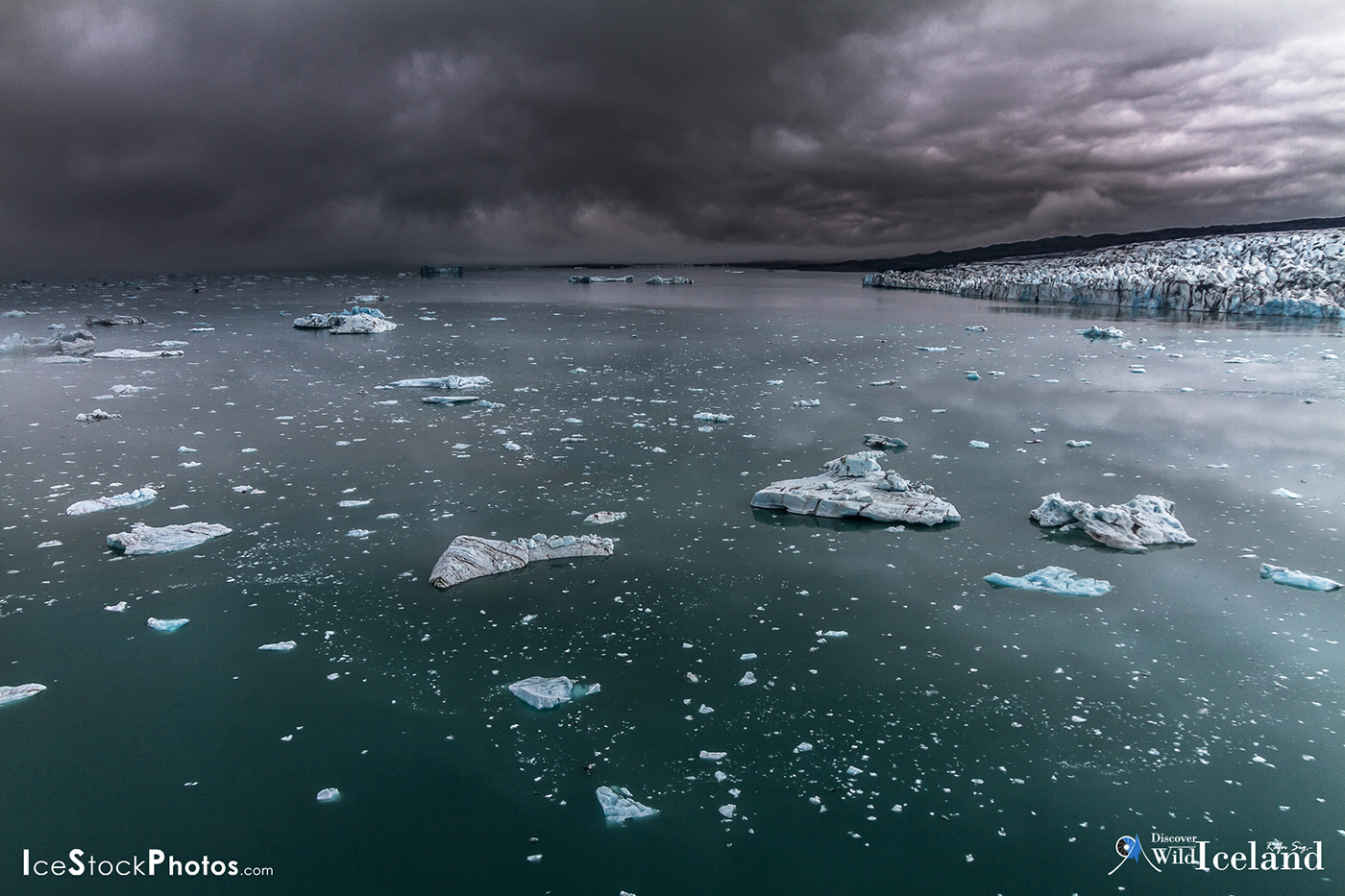
The rapid melting of Icelandic glaciers will profoundly affect people's lives in Iceland. Laser scanning of glaciers in Iceland shows they thin by more than one meter a year on average. If global warming continues unabated, they could completely disappear in the next 150 to 200 years.
The melting of the glaciers will be the most significant effect of climate change in Iceland. The disappearance of the glaciers will affect glacial rivers and their seasonal variance.
That will in turn affect the hydroelectric power plants that harness the power of the glacial rivers.
That will in turn affect the hydroelectric power plants that harness the power of the glacial rivers.
That scares me.
Rafn Sigurbjörnsson
Landscape and Nature Documentary Photographer
Landscape and Nature Documentary Photographer

Massive changes in the courses of glacial rivers have already been seen in Iceland, as in the case of Skeiðará on the great sands of the south coast.
That will affect road and bridge construction in the future.
That scares me.
Rafn Sigurbjörnsson
Landscape and Nature Documentary Photographer
Landscape and Nature Documentary Photographer
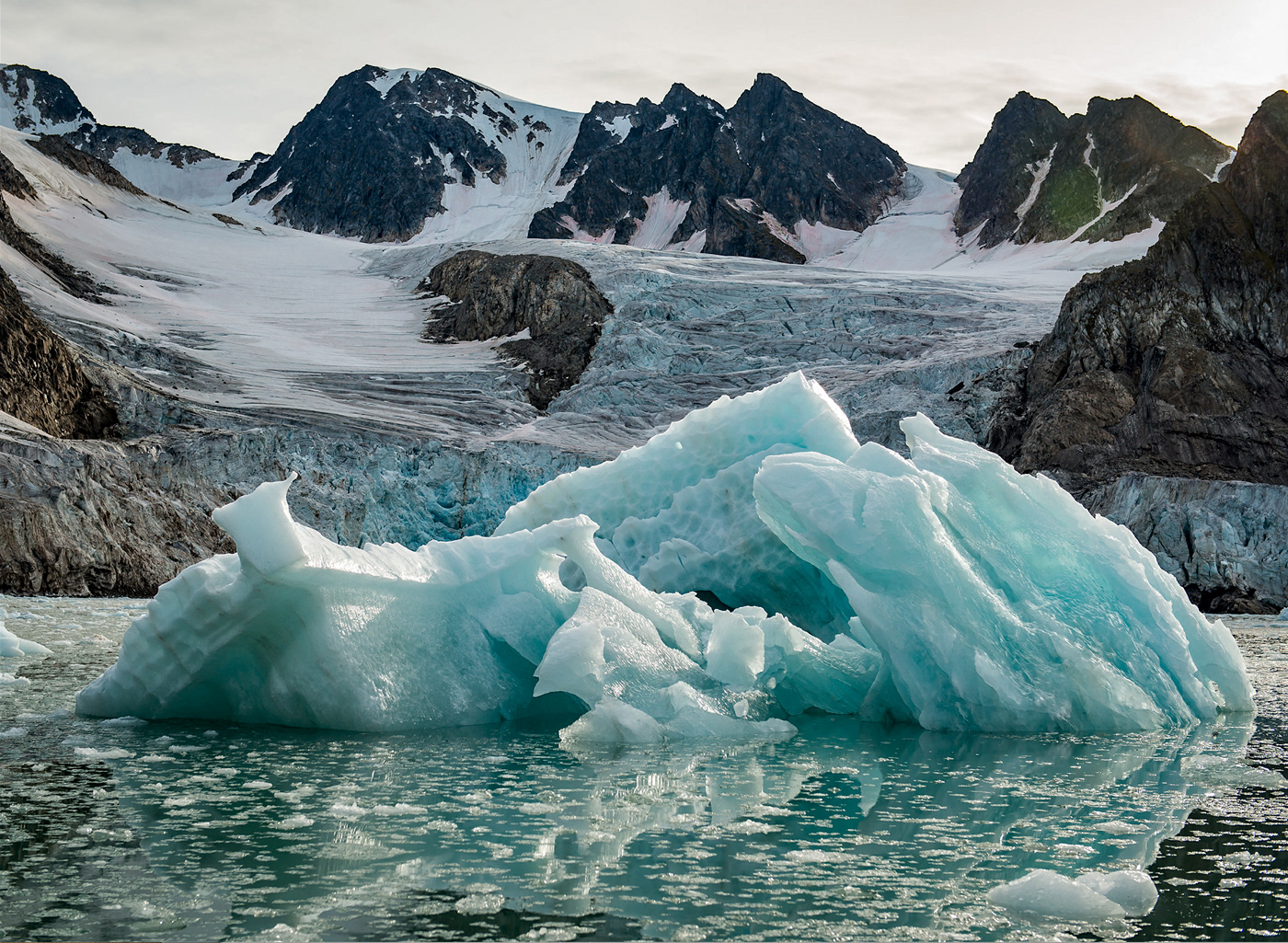
Jagged Iceberg and Glacier
The effects of global warming in the Arctic, or climate change in the Arctic include rising air and water temperatures, loss of sea ice, and melting of the Greenland ice sheet. Related impacts include ocean circulation changes, and ocean acidification. Indirect effects through potential climate teleconnections to mid latitudes may result in a greater frequency of extreme weather events (flooding, fires and drought), ecological, biological and phenology changes, biological migrations and extinctions, natural resource stresses, as well as effects on human health, displacement and security issues. Presently, the Arctic is warming twice as fast compared to the rest of the world. The amplified response of the Arctic to global warming, is often seen as a leading indicator of global warming. The melting of Greenland's ice sheet is linked to polar amplification. According to a study published in 2016, about 0.5 °C of the warming in the Arctic has been attributed to reductions in sulfate aerosols in Europe since 1980. Wikipedia

Polar Bear Hurdle
Because of melting sea ice, it is likely that more polar bears will soon starve, warns a new study that discovered the large carnivores need to eat 60 percent more than anyone had realized. Turns out they are high-energy beasts, burning through 12,325 calories a day—despite sitting around most of the time, according to a unique metabolic analysis of wild bears published Thursday in Science.
Polar bears rely almost exclusively on a calorie-loaded diet of seals. To minimize their energy consumption the bears still-hunt, waiting for hours by seals’ cone-shaped breathing holes in the sea ice. When a seal surfaces to breathe the bear stands on its hind legs and smacks it on the head with both of its front paws to stun it. Then the bear bites it on the neck and drags it onto the ice. In the late spring, the ice is breaking up sooner and forming later in the fall, forcing bears to burn huge amounts of energy walking or swimming long distances to get to any remaining ice. Or they stay on land longer during summer, and increasingly fasting during fall, living off their fat from the seals they caught in the spring. Steven Leahy, National Geographic.

Shiny ice and snow reflect a high proportion of the sun's energy into space. As the Arctic loses snow and ice, bare rock and water absorb more and more of the sun’s energy, making it even warmer. This is called the albedo effect. Arctic climate change

Jökulsárlón lake sea side
Sea ice is critical to Arctic marine life - and it's projected to nearly disappear in the summer within a generation.The average temperature of the Arctic has increased 2.3°C (3.6 F) since the 1970s.
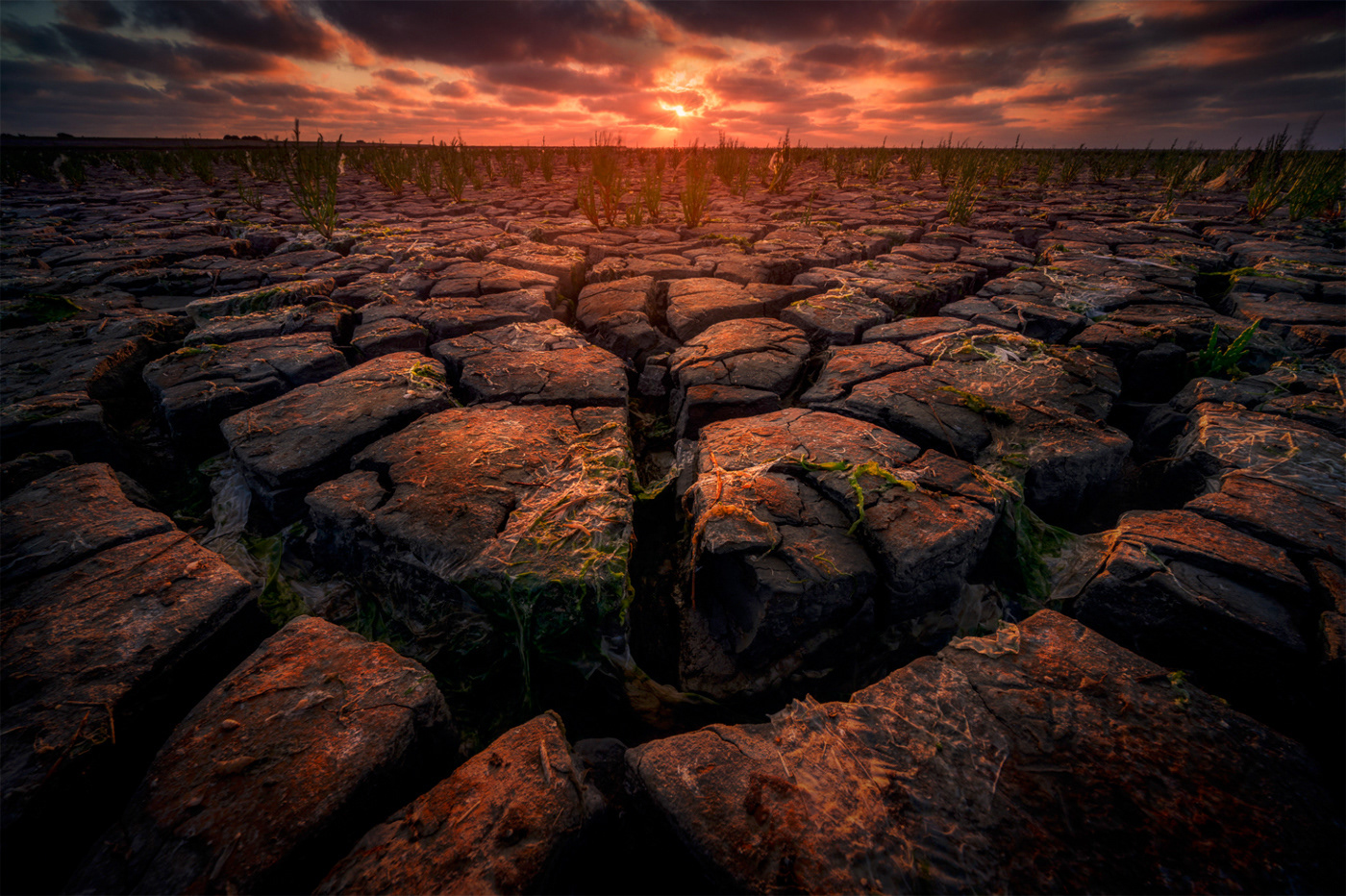
This year has been a year of extremes. We had an extremely cold winter with all of the country frozen including the Amsterdam canals which almost never happens. I took the chance to document the extreme cold of the Netherlands earlier this year. What followed was an extremely hot spring that has now transitioned into summer. Just like the unusual cold this heat is unusual. Last time it was this dry with lack of rain was more than 40 years ago in 1976! With the heat comes a long period of no rain and dryness. You can basically see the lack of rain everywhere, especially on the grass that is normally green but is now yellow.
This weekend I took a drive to the Dutch coastlines. I took these photos all the way up north but there are a lot of coastal areas in the country that look similar. Mud patterns forming from the dry soil is something that is really photogenic. With the tide going up and down you can see the water coming into the mudcracks, but the area where the tide is highest will still keep its textures in the soil. Something that we don’t see a lot and it kind of reminded me of the deserts in the US.
Benoit Lapray
Paris, France
When The Night Falls
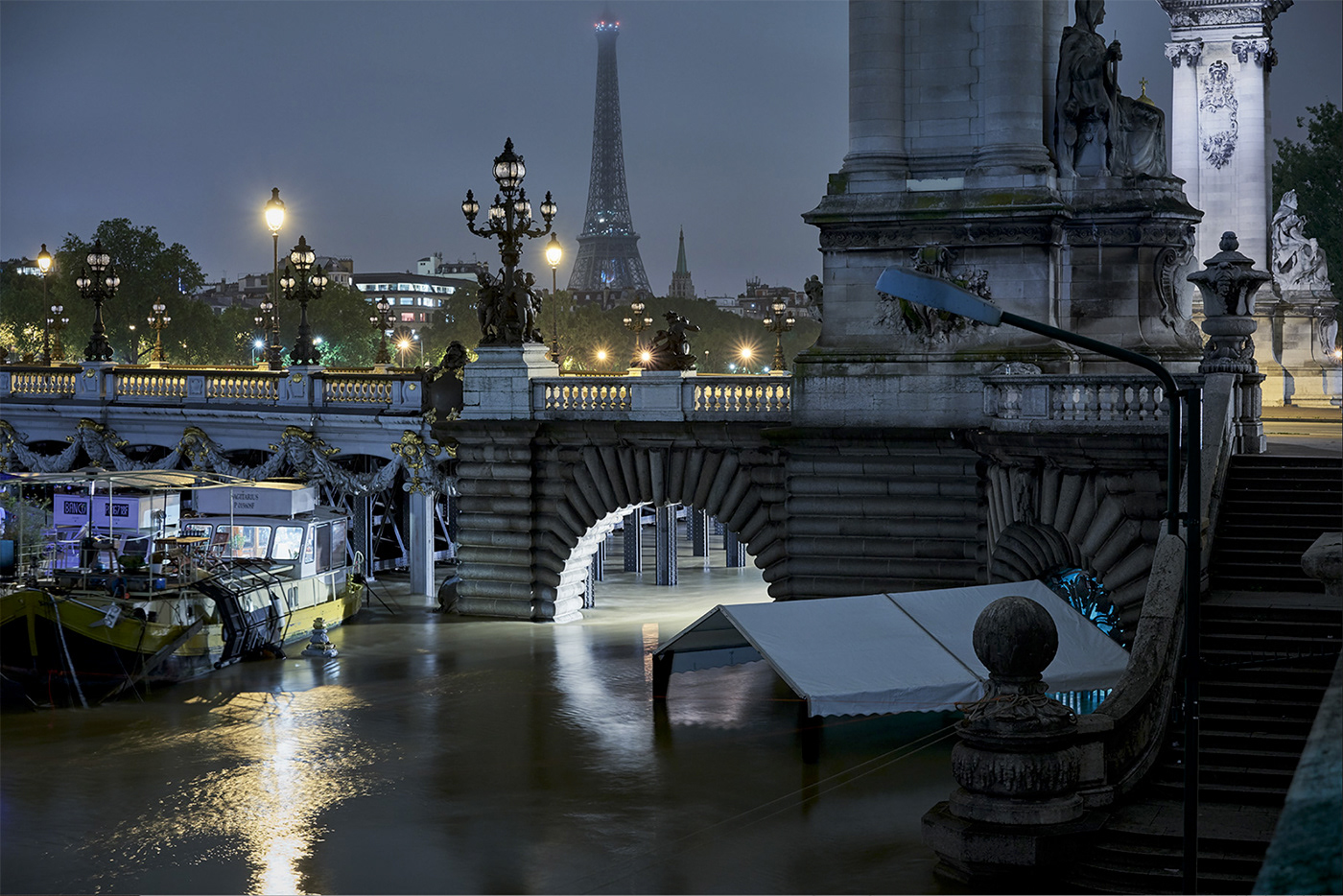
This photographic series was made in Paris and shows the banks of the Seine during the last great flood of June 2016.

These same places were re-photographed a year later showing the usual water level in this season.
These "before / after" images show the impact that a climate disruption can have on familiar places, and force us to continue our reflection on the implementation of important changes in our way of life so that the future does not immerse humanity in a dark night without tomorrow...
(digital art)


Heavy rainfall in Kathmandu, Nepal on Thursday, May 11, 2017.
In Nepal, climate change is responsible for drastic, yet often erratic, changes in seasonal water availability, resulting in drought conditions during the dry season and increased flooding during monsoon. This impacts the ability of farmers to plan ahead. Coupled with increased temperatures these changes lower crop yields and increase diseases and pests. US Aid

A man stuck with his scooter on a flooded road caused by heavy rainfall and poor sewage system at Gongabu in Kathmandu, Nepal on Friday, July 14, 2017
The floods cause considerable losses of arable land which in turn provoque displacement and migrations of the population in Nepal.

Sunset in Los Angeles during a large wildfire in the vicinity of the city.
In 2018, California, with a total of 8,527 fires burning an area of 1,893,913 acres (766,439 ha), has the largest area of burned acreage recorded in a fire season, according to the California Department of Forestry and Fire Protection and the National Interagency Fire Center, as of December 21. Through the end of August 2018, Cal Fire alone spent $432 million on operations. As of May 2019, insurance claims related to this fire season had reached $12 billion, most related to the Camp Fire in Butte County. Wikipedia

The 2019 wildfire season is the current-running fire season in the state of California. So far, over 2,527 fires have been recorded according to the California Department of Forestry and Fire Protection, totaling an estimated of 37,485 acres (15,170 ha) acres of burned land as of July 31. Although the 2019 fire season had been relatively quiet in California through mid-July as compared to past years, October through December is still expected have the greatest fire potential as the Santa Ana winds pick up. Wikipedia
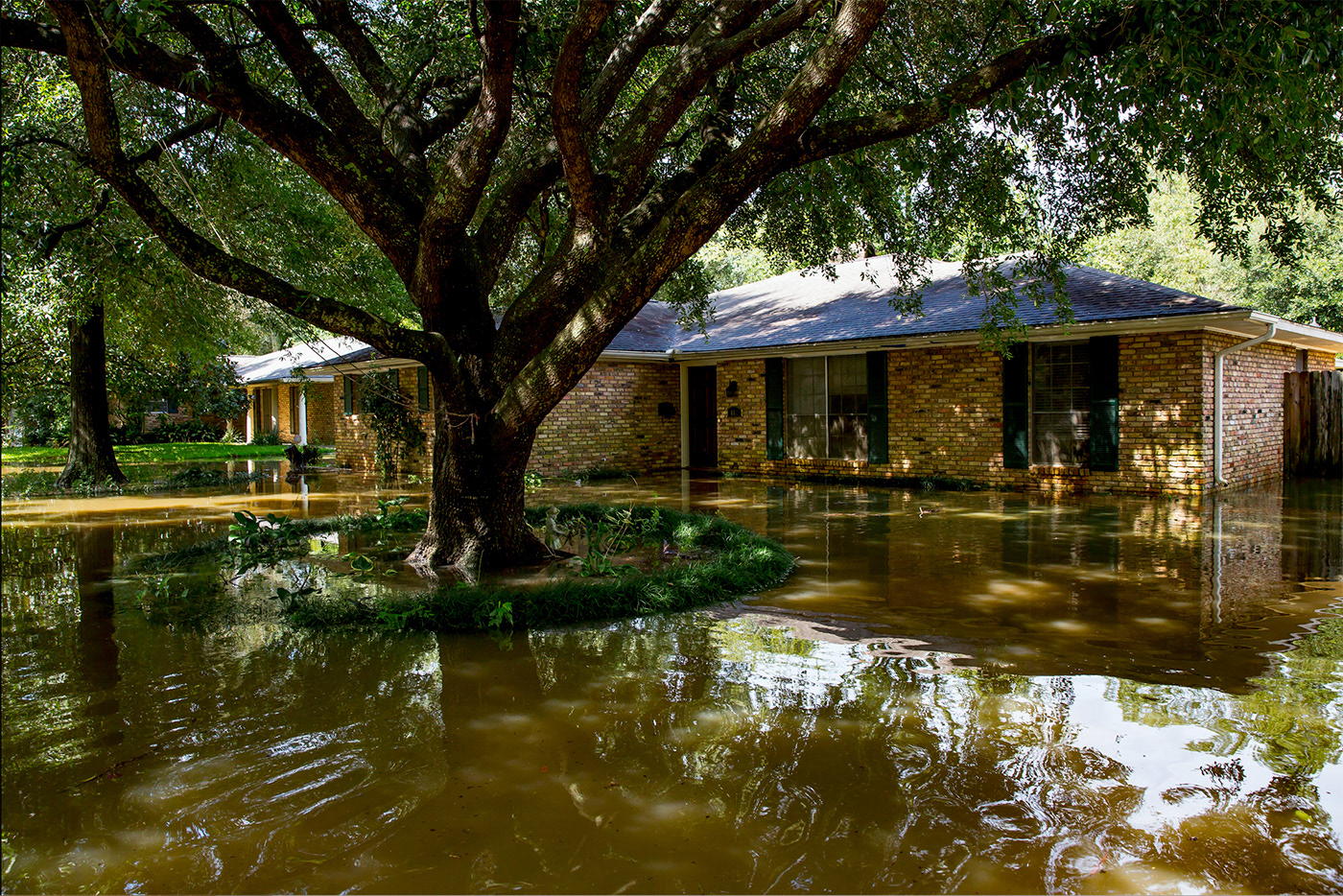
Front yard blues
Water, Water, Water
The river rose all day
The river rose all night
Some people got caught in the flood
Some people got away all right
Louisiana, Louisiana
They're tryin to wash us away
They're tryin to wash us away
Randy Newman

Ten days after the flood
This storm was typical of the new normal for the areas along the Gulf of Mexico. No hurricane winds, just rainfall of epic proportions lasting many days. My home, like many others in recent times was far from any known flood plains so most people had neither flood insurance nor any emergency plan for flooding.
The remains from Suleya flooding

The people of Hi, Ban Ku Iku and Chachania in Suleja are beginning to come in terms with the fact that their properties, houses and farmland will no longer remain the same. It was a sad moment for them as they were taken unaware by a heavy downpour which started at about 2pm on Saturday 7th, July 2017 and wouldn't stop till late afternoon the next day.
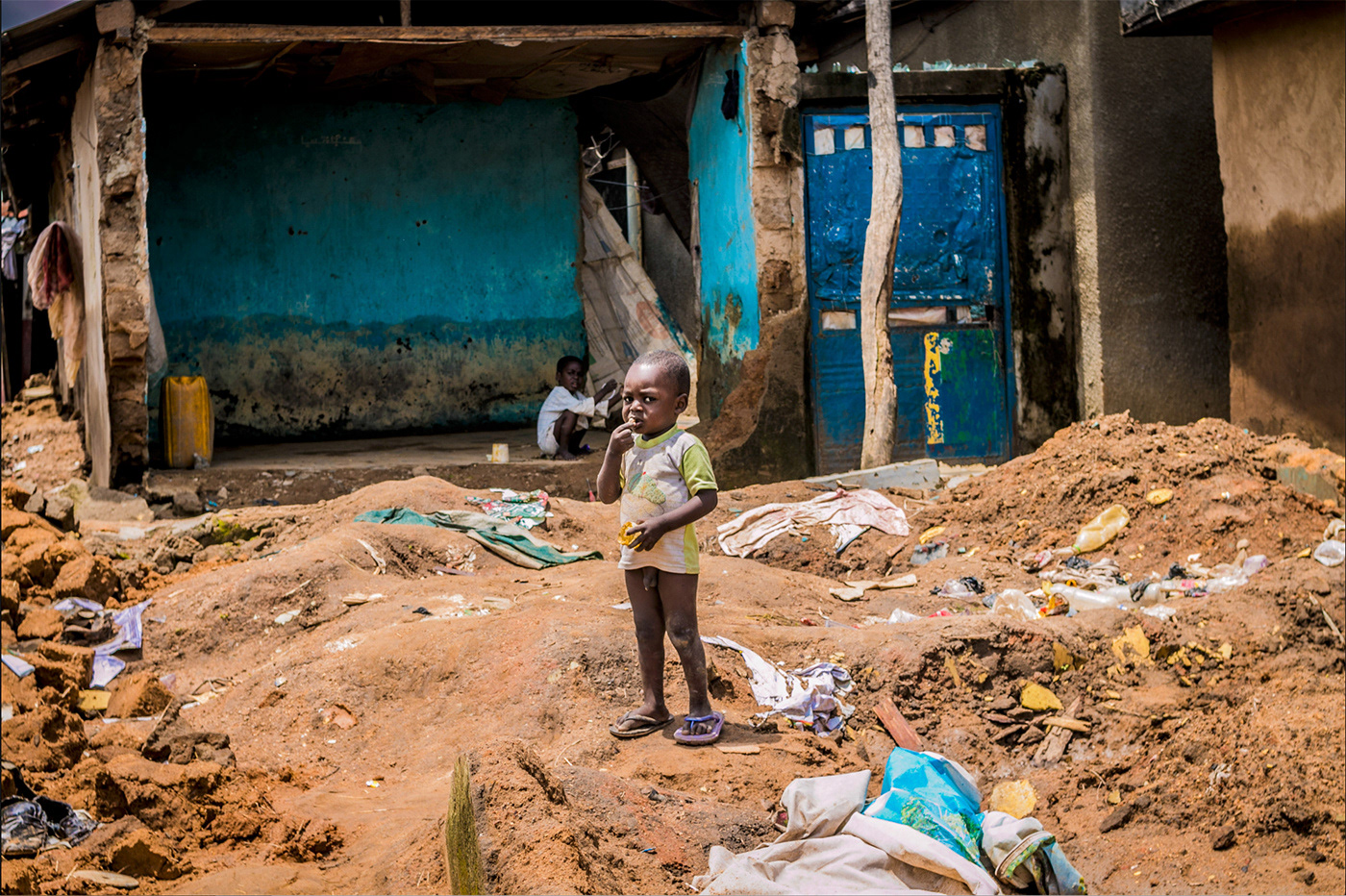
Many have become displaced, the people of the community filled with sadness. Some couldn't get over the ordeal, and some have come to terms with reality as they resign to their fate and pick up the courage to renovate their houses, trusting that such catastrophe wont occur again.

130.62 cubic meters – the average volume of ice lost on Shaune Garang glacier every half hour
Earth is in the grip of an unprecedented warming trend and there is little doubt that greenhouse gas emissions are the primary cause. We are making the planet hotter, and the effects of this can be clearly seen in the rapidly shrinking glaciers worldwide.
These images combine photography and computer generated elements in an effort to present a new way of visualising the loss of glacial ice. I’ve compiled data from scientific reports to calculate the rate at which certain glaciers are losing mass. Using CGI, I’ve then created accurately scaled ice models and placed them within typical human environments. By doing so, the aim is to draw attention to the dramatic climate changes that continue unabated while we go about our day-to-day lives.
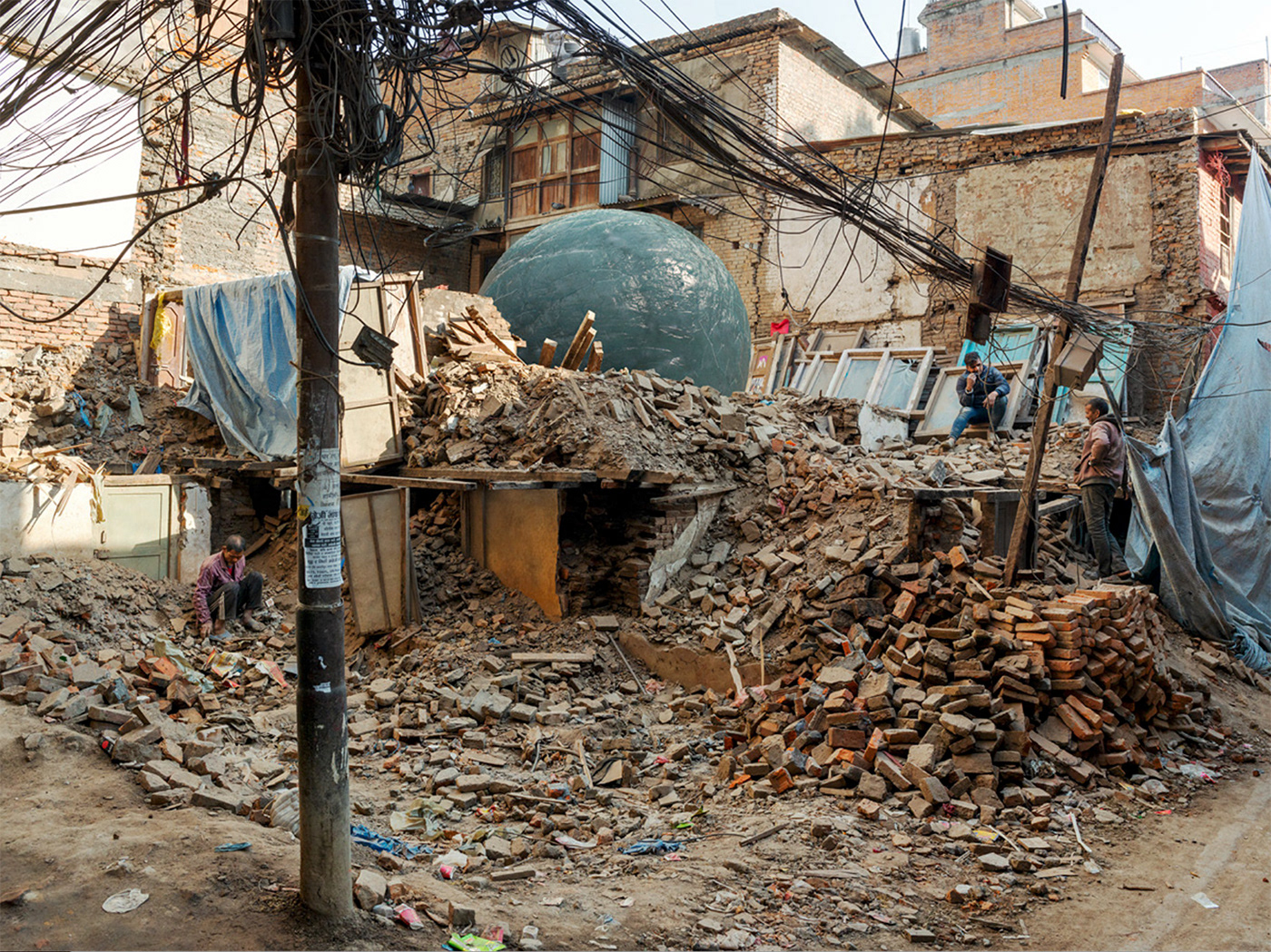
26.26 cubic meters – the average volume of ice lost on Shorang Himal glacier every half hour
Thank you @ Gus Fine Art for allowing us to borrow the prophetic quote from Chateaubriand cited in your project "Forest Trilogy".

